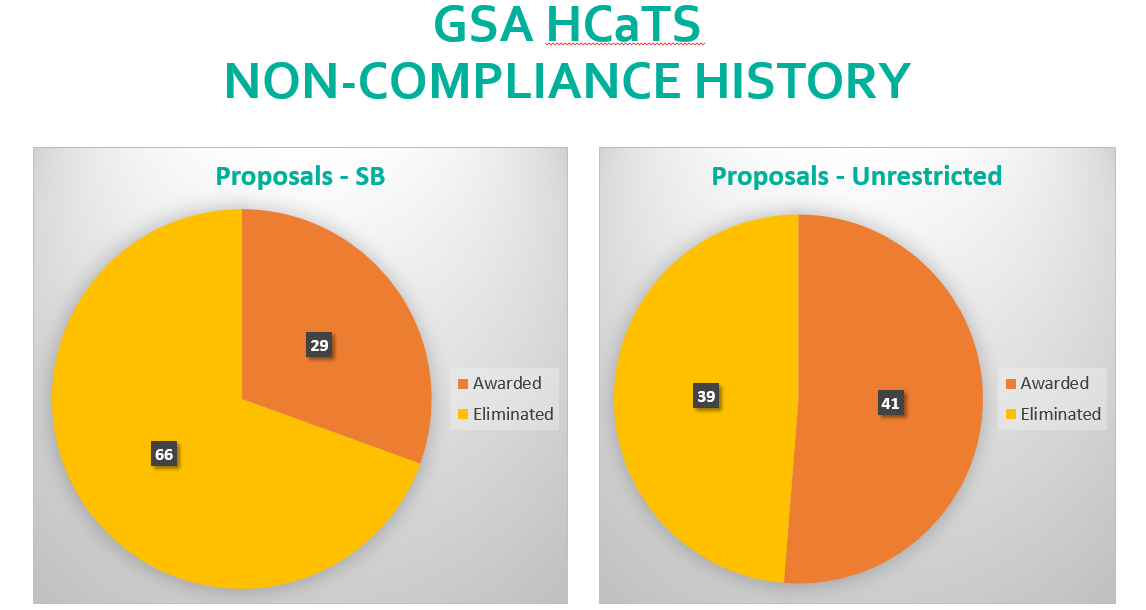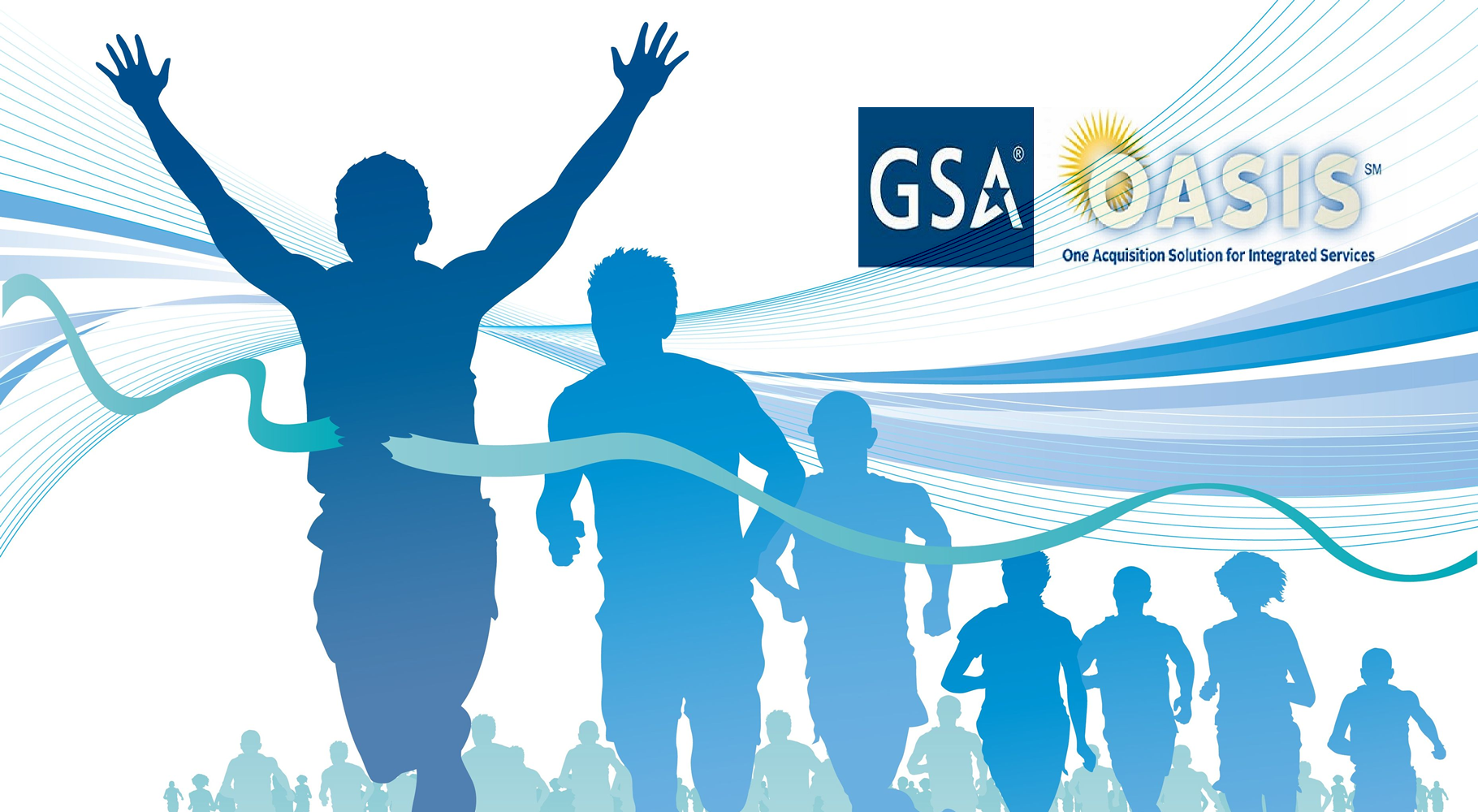During the past 6 months, I have held 2 webinars on OASIS and have talked to over 60 companies about their ambitions to participate in the race for getting on the OASIS GWAC. Now that both the OASIS 8(a) SubPools On-Ramp and OASIS SB Pool 1/3/4 On-Ramp are out – and with the prospects of the unrestricted Pools 3 and 4 to be out in the summer – I thought I should share some insight as to what all companies should concentrate on for their win strategies. I have summarized my suggestions in the following 5 key factors:
1. Optimization
The OASIS GWAC uses a “self-scoring” evaluation system. This has very clear implications:
- It is a new system that many seasoned proposal managers/writers are unfamiliar with as it has no writing involved. Instead, there is a huge document management work to be done on your past performed contracts.
- You need to understand all the scoring rules to be able to score yourself properly, and at the same time, do not score yourself too low (which may result in losing against others) or too high (which may result in your disqualification).
- Your main question throughout the development process must be “How can I improve my score?”, so optimizing your score should be your priority in every aspect.
- Now the main questions: which past performed contract to use so that they will have all the qualifications required by the RFP, and at the same time you get the highest score? The answer is: try to create a system that tells you what maximum score each contract will give you, and then compare the score of the contracts in your arsenal to decide which ones to use. Using MS Excel’s formula system, we have created such a system which we call our OASIS Scoring Matrix, which has proved to be a success in helping our clients decide which contracts to use and what they lack so that they can bring in partners to cover them. If you are preparing the proposal in-house, I suggest you do come up with such an excel sheet. It has been an invaluable tool for us.
2. Past Performance
Of the 10,000 maximum points, 4000 comes directly from past performance. That is, if you provide 5 past performed contracts that had “Exceptional” scores in their past performance, you can get 4,000 points. So, in selecting the 5 contracts that you need to present, past performance is the king.
However, I have told many clients that they should not limit themselves to just federal projects. If you can get contracts with “Exceptional” past performance for projects done in the commercial world (through getting past performance questionnaires filled out by purchase officers), by all mean they have priority over federal contracts with lower past performance ratings. This is again highlighting the importance of having that “Scoring Matrix” that I mentioned in item 1.d above.
3. Partnering
Strangely, 8,000 out of the maximum 10,000 points can come from your partners. So essentially, winning on OASIS is all about partnering. DO NOT go solo. You need to find suitable partners to maximize your score. Everybody else is doing that too.
Should you go JV or Prime/Sub CTAs? I tell my clients to stay away from JVs if they can. They gain nothing from that. Sometimes, their “partners” force them to create a JV. If that is not so in your case, stay away from JVs and instead use Prime/Sub CTAs. This will maximize your score. Of course, I am not talking about established JVs who have contracts performed previously.
4. Compliance
GSA is probably going to receive over a thousand and maybe thousands of proposals. Their first line of defense is to weed out non-compliant proposals right in the beginning so that they can reduce the workload and also concentrate on the true contenders. You don’t want to be part of the first group of course. In my webinars I have shown the results of HCaTS bid submission last time – HCaTS is a GWAC similar to OASIS using a self-scoring evaluation system but is for the training and education industry. For small businesses, over 69% were disqualified after being found non-compliant, and for large businesses, nearly 49% were found to be non-compliant.

OASIS Compliancy Difficulty
So compliance is extremely important. That is why we always use a minimum of 3 people on our teams working on OASIS proposal and do multiple iterations of reviews to ensure this compliance is in place. If you are doing it in-house, make sure you have multiple sets of eyes involved, and your staff is fully versed with the requirements, limitations, and procedures required by the RFP.
5. Outsourcing
Working for a proposal development company, you would expect me to say that you should outsource. But this suggestion is totally technical and has no business reason. My reasoning is that:
- The development of the proposal involves a lot of bandwidth from your internal resources, and you MUST include multiple resources to ensure you are compliant. Instead, a better strategy would be for you to concentrate on the partnering side and leave the heavy lifting to outside resources.
- This is a new type of proposal development and is new to most seasoned proposal managers. Your internal proposal shop might be excellent for the standard RFPs, but you need to use a team that is adept to self-scoring systems.
- You need to have experts to work on your proposal, and I don’t mean any outside company. You need to have people who can suggest ways to maximize your score and provide you a sound strategy to win. Try to outsource to companies that have ample experience in OASIS and have worked with many different clients and encountered a range of situations, from which they can provide you with valuable insight and recommendations.
My suggestion is that you do a thorough homework on the proposal companies out there and decide which one to work with. Avoid those who are in the “template” business. OASIS is not that type. You need to find companies that have done this, are knowledgeable about OASIS, and can maximize your score to the fullest. Avoid those that tell you they have one (1) win. Find companies that have had multiple wins on OASIS or HCaTS or similar GWACs and check their references.
Conclusion:
I hope my suggestions are useful in your pursuit of the OASIS On-Ramps. I also suggest that you review the 2 webinars I have held (one for 8(a)s and one for the SB Pool 1/3/4) and contact me if you have any technical questions and I will be glad to answer you. In addition, try to attend the GSA Virtual Industry day if you can.
My last word is that, even though proposals are due on June 20th, do not miss a day in developing your proposal. You should be quick and start early. Even if you can’t prime this, try to find your place in a CTA and have a bite of the pie.

